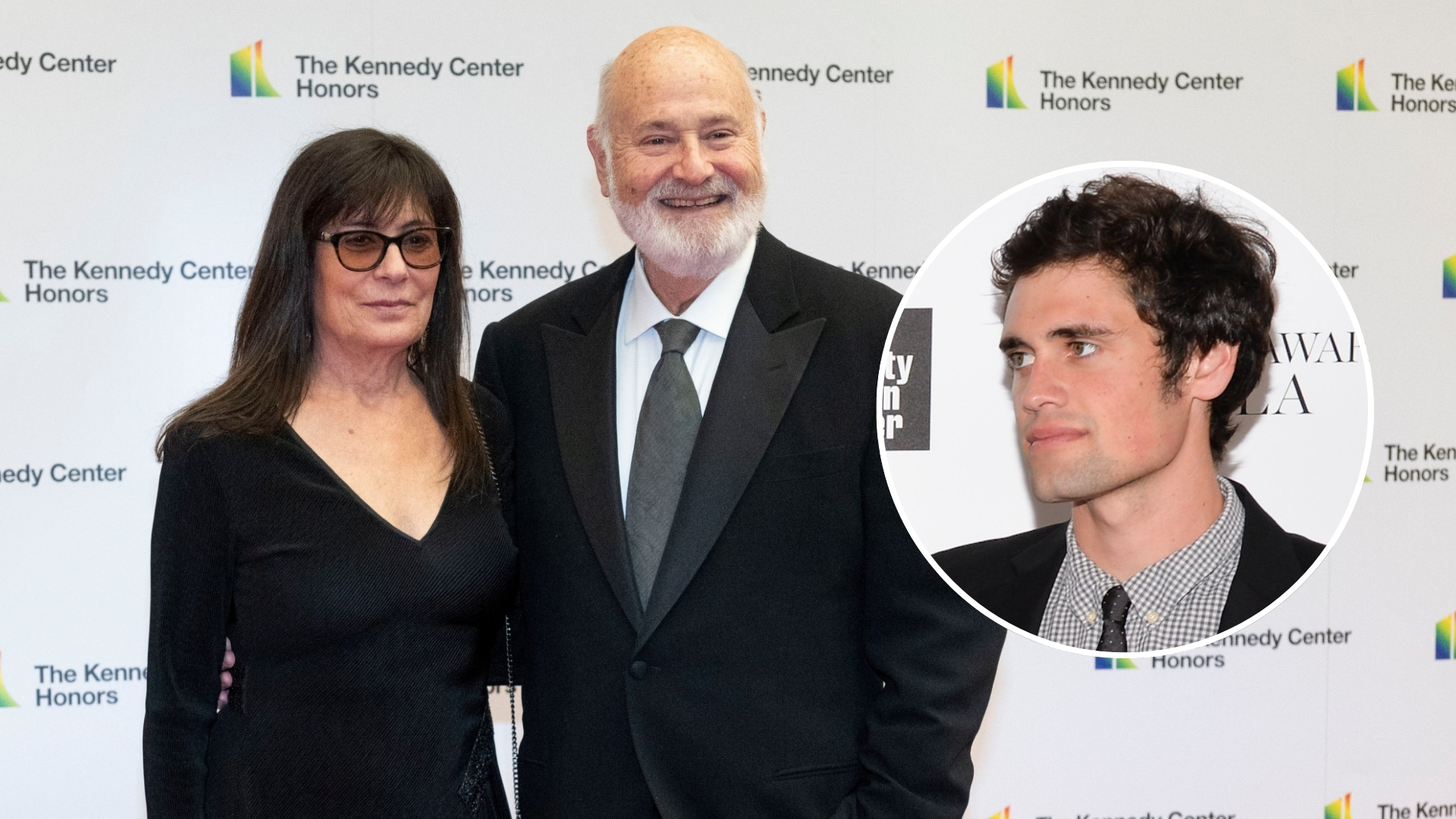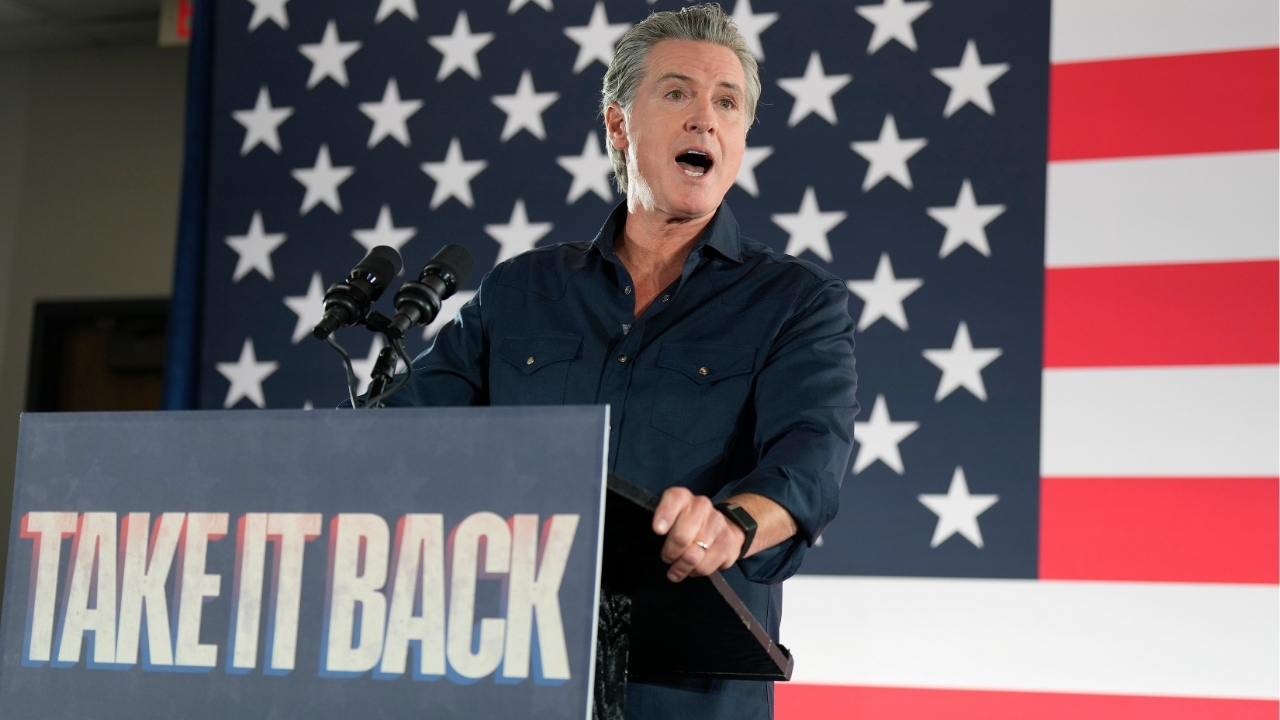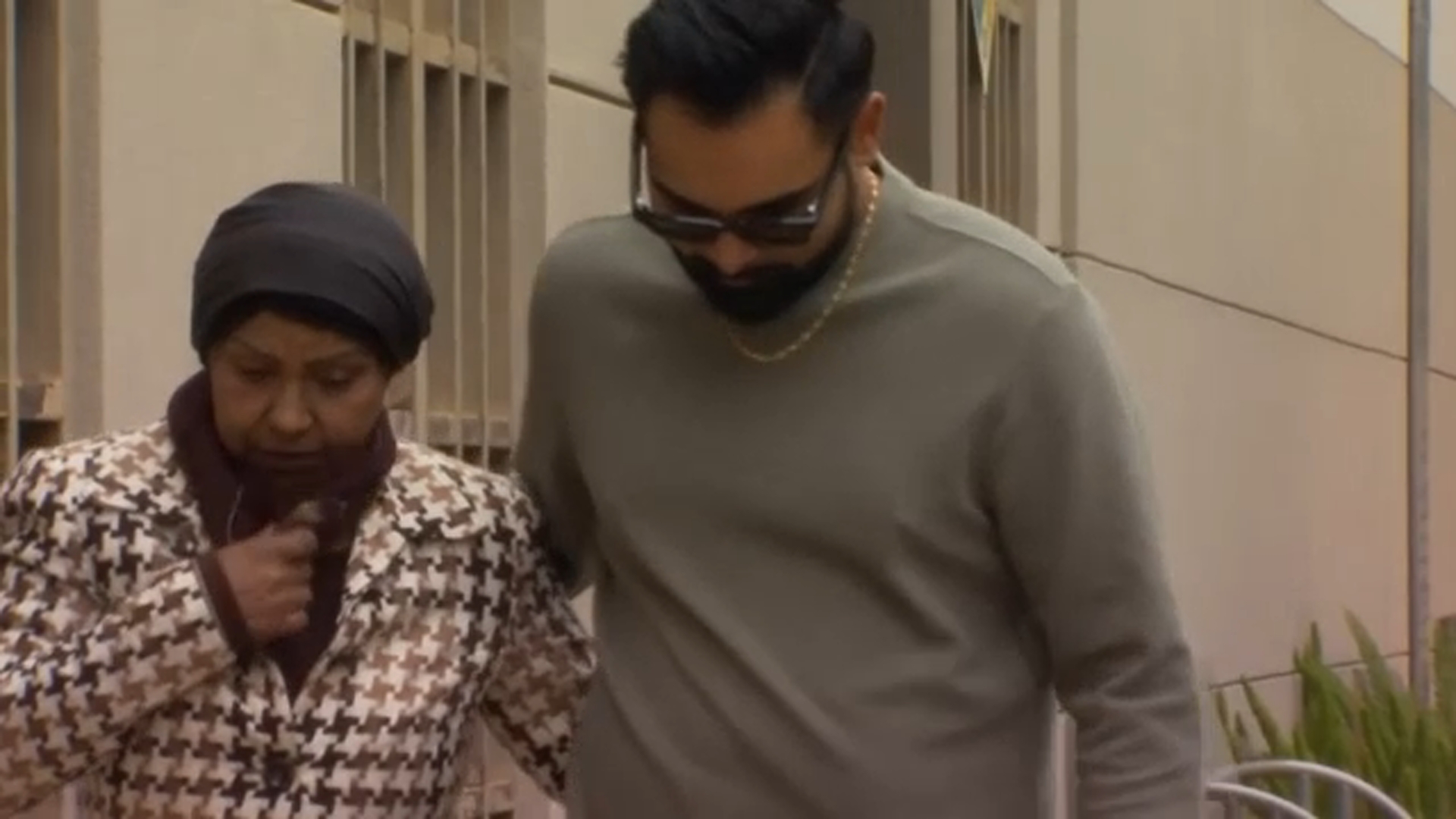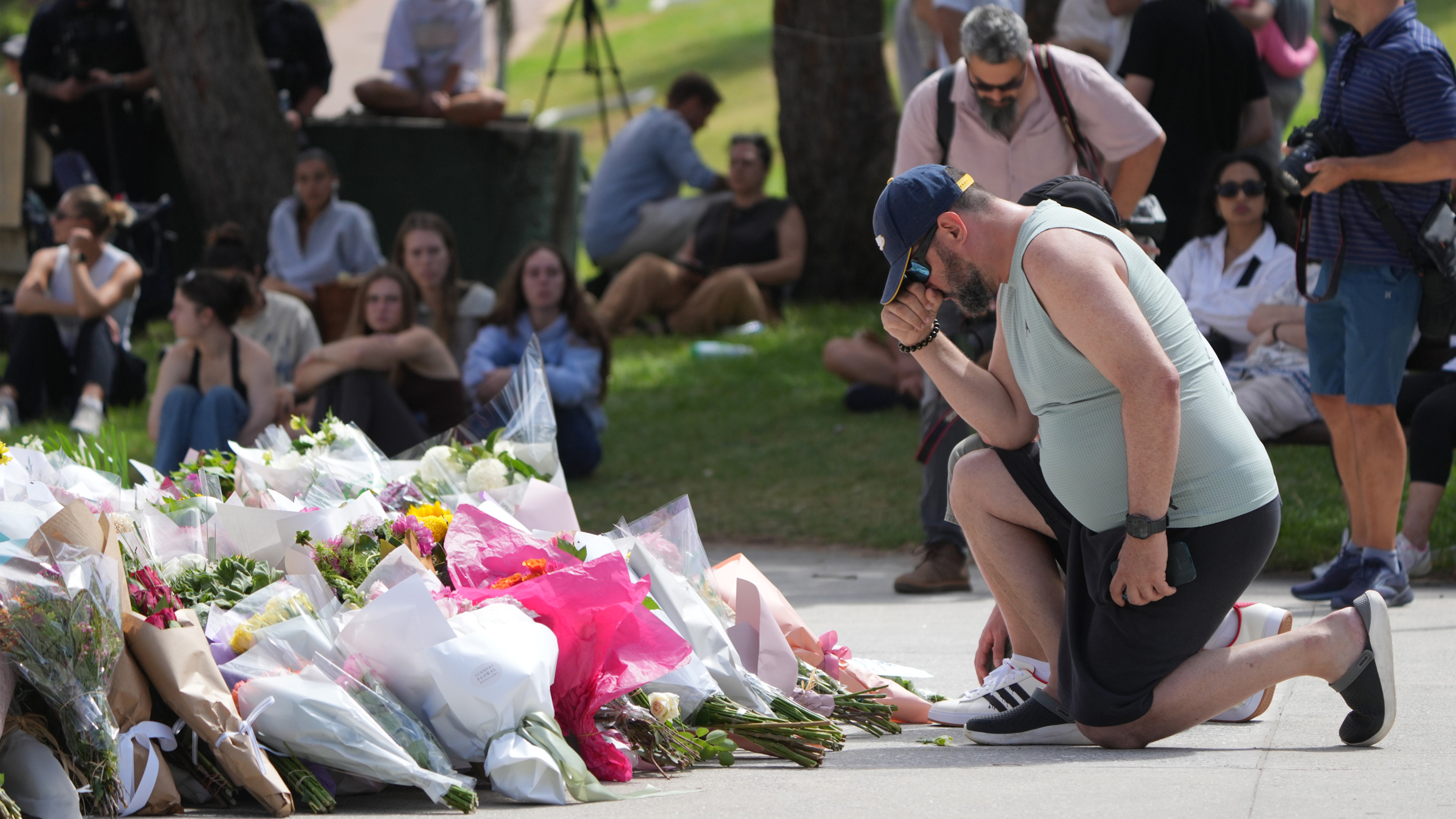Pelton mail: How Lakers could add Kemba Walker to a superteam


This week's draft mailbag features your questions on elite player movement, rim protectors and more.
You can tweet your questions using the hashtag #peltonmailbag or email them to peltonmailbag@gmail.com.
My question revolves around the Lakers and the possibility of teaming four All-Stars next year. If they signed LeBron James and Paul George and traded for Kawhi Leonard using Brandon Ingram, as you outlined, could they then trade Lonzo Ball to the Charlotte Hornets for Kemba Walker? Would trading for Walker be a good play for the Lakers at that point, if they accomplish the other three deals?"
-- Nick Cobar
As if people weren't already upset enough about the idea of the Lakers getting three All-Stars this summer. As Nick mentioned in his more detailed email, the Hornets surely aren't looking to trade Walker at this point, so in that case any deal would only realistically happen during the season if Charlotte were headed to the lottery and figured Walker was likely to bolt as an unrestricted free agent next summer.
Whether the Hornets would make a deal built around Ball is tough to say; even above the LaVar factor, Lonzo is an unusually polarizing prospect because of his extreme strengths and weaknesses. When we did our Insider top 25 players under 25 this season, I ranked Ball in the top 10 while my colleague Bobby Marks didn't even include him in his top 25 (Chris Herring, the third panelist, had Ball 23rd). Much like FiveThirtyEight's CARMELO projections, I regard Ball's future as bright because of the way he helped the Lakers win while struggling as a shooter during his rookie season. Others see his poor shooting as too much of a hindrance to overcome.
Already, we've heard indications that the San Antonio Spurs aren't interested in Ball in a Leonard trade (and don't seem eager to deal with the Lakers, period, but more on that in a second), and a three-way trade with a team more bullish on Ball's prospects seems like a better option. There's also the awkwardness here of the Lakers dealing with their former GM Mitch Kupchak, though that shouldn't prevent a deal if they ultimately present the best offer for Walker.
As the Lakers, whether I'd make this deal would depend on what we saw from Ball next season. His shooting could be particularly problematic if the Lakers are able to add superstars via free agency, but Ball is also more than seven years younger than Walker, a far better defender and still on his rookie contract. Re-signing Walker and Leonard to max deals in the summer of 2019 in this hypothetical would push the Lakers' salary into the stratosphere, as they'd be paying them, James and George alone more than the projected luxury-tax line for 2019-20.
Nick's email also presented an idea I haven't considered enough, that the Lakers could deal for Leonard after using their cap space to sign two max free agents and stretching Luol Deng. He points out that a package of Ingram, Josh Hart, Kyle Kuzma, Moritz Wagner (not eligible to be traded for 30 days after signing) and the Lakers' nonguaranteed contracts (Thomas Bryant, Tyler Ennisand Ivica Zubac, all of whose contracts would be guaranteed by that point so as to count for matching purposes) would match Leonard's salary without the inclusion of Deng, assuming Leonard waived his trade bonus. That's a much, much better return from San Antonio's standpoint than the deals I proposed.
The issue here with bringing back all of those players is that if the Lakers do use their cap space on two max free agents, every dollar will be precious in filling out the roster. They would have to believe they have a good chance of trading for Leonard to keep their nonguaranteed players rather than cutting them and using the extra money in free agency. Additionally, San Antonio making a 7-for-1 trade would probably push the Spurs over the 20-player roster limit, requiring other teams to get involved in a deal. So there are significant hurdles to the Lakers' acquiring Leonard after free agency.
"Are more All Star-level free agents switching teams since introduction of the maximum salary?"
-- Wayne J.
Yes, but it's more complicated than that. I looked at players changing teams via free agency since the summer of 1992 and found that there has been an average of one current All-Star per year since the introduction of the maximum salary with the 1999 collective bargaining agreement as compared to five in six years from 1992 through 1997.
Looking at the entire max period as a whole obscures an important change over that period of time. During the first 12 offseasons with the max salary, just six current All-Stars changed teams via free agency. Then The Decision happened. Over the past eight summers, six All-Star free agents have changed teams, a rate more than double what we saw during the pre-max days.
Certainly, the existence of a max salary has something to do with the kind of star-hopping we've seen in the past eight years. LeBron couldn't have teamed up with Chris Bosh and Dwyane Wade in a world in which the max did not exist without sacrificing huge amounts of money.
But the max alone wasn't enough impetus to create this change; that required players taking more agency over their careers in the wake of James' move and also prioritizing the chance to win over making slightly more money by remaining with their current teams.
Vesely's EuroLeague translations have slipped a little the past couple of years, and given that he's assuredly a center in the NBA (he didn't attempt a single 3-pointer in EuroLeague from the shorter FIBA line), I think the high replacement level there makes a return unlikely. Randolph is a slightly more reasonable candidate, particularly because his development into an occasional 3-point threat (34.2 percent over the past four seasons in EuroLeague and ACB play) makes him a credible stretch option.
Let me give you other candidates for each category. Our Adrian Wojnarowski reported in May that Nick Calathes plans to return to the NBA, having spent two seasons with the Memphis Grizzlies before heading back to Europe in the summer of 2015.
Calathes rated as the best player in EuroLeague this season by my wins above replacement player metric, just ahead of Luka Doncic, thanks to an assist rate that's exceptionally high for Europe (10.0 per 36 minutes) and 56 percent 2-point shooting. Calathes isn't as good as Doncic -- this season was a bit of an outlier compared to previous campaigns -- but still projects as a solid backup point guard, which he was with the Grizzlies thanks largely to his strong defense.
As far as a newcomer, Ryan Broekhoff might not be as experienced asMilos Teodosic, but he'll turn 28 in August and has spent the past five seasons in Europe after going undrafted out of Valparaiso with only one cameo in an NBA summer league (in 2015 with the Denver Nuggets). Broekhoff rated well at Valpo in part because of excellent defensive rebounding and decent steal and block rates. He now has become mostly a one-dimensional shooter, but it's quite a dimension; Broekhoff shot 51 percent on 3s in EuroCup play and 46 percent in the VTB United League for Lokomotiv Kuban. HoopsHype.com reported last week that visits to several teams were in the plans for Broekhoff, so he might make the jump to the NBA.
Intriguingly, it appears this is not the case. Using Second Spectrum data, I defined rim protectors as players who had contested at least 100 shot attempts in the restricted area during the regular season and at least 4.0 per 100 possessions. That yielded a group of 73 players, 39 of whom played in this year's playoffs.
Based on their regular-season rates of shots contested in the restricted area per 100 possessions, we'd have expected these players to collectively contest 934 shots in the restricted area; they actually contested 942, so slightly more. Rudy Gobert is an interesting example. He contested 6.4 shots per 100 possessions in the restricted area during the regular season and increased that rate by nearly 50 percent in the playoffs to 9.5 per 100 possessions.
My next question was whether this was different against the elite offenses that required opponents to switch, the Houston Rockets and Golden State Warriors. Lo and behold, the 17 qualifying players who played against those two teams in the playoffs collectively increased their contest rate in the restricted area by 5.6 percent. Gobert in particular actually contested slightly more shots per 100 possessions against the Rockets (9.6) than he did in the first round against the Oklahoma City Thunder (9.1). So even the best shooting teams don't seem to render rim protectors less powerful in the playoffs.br/]






